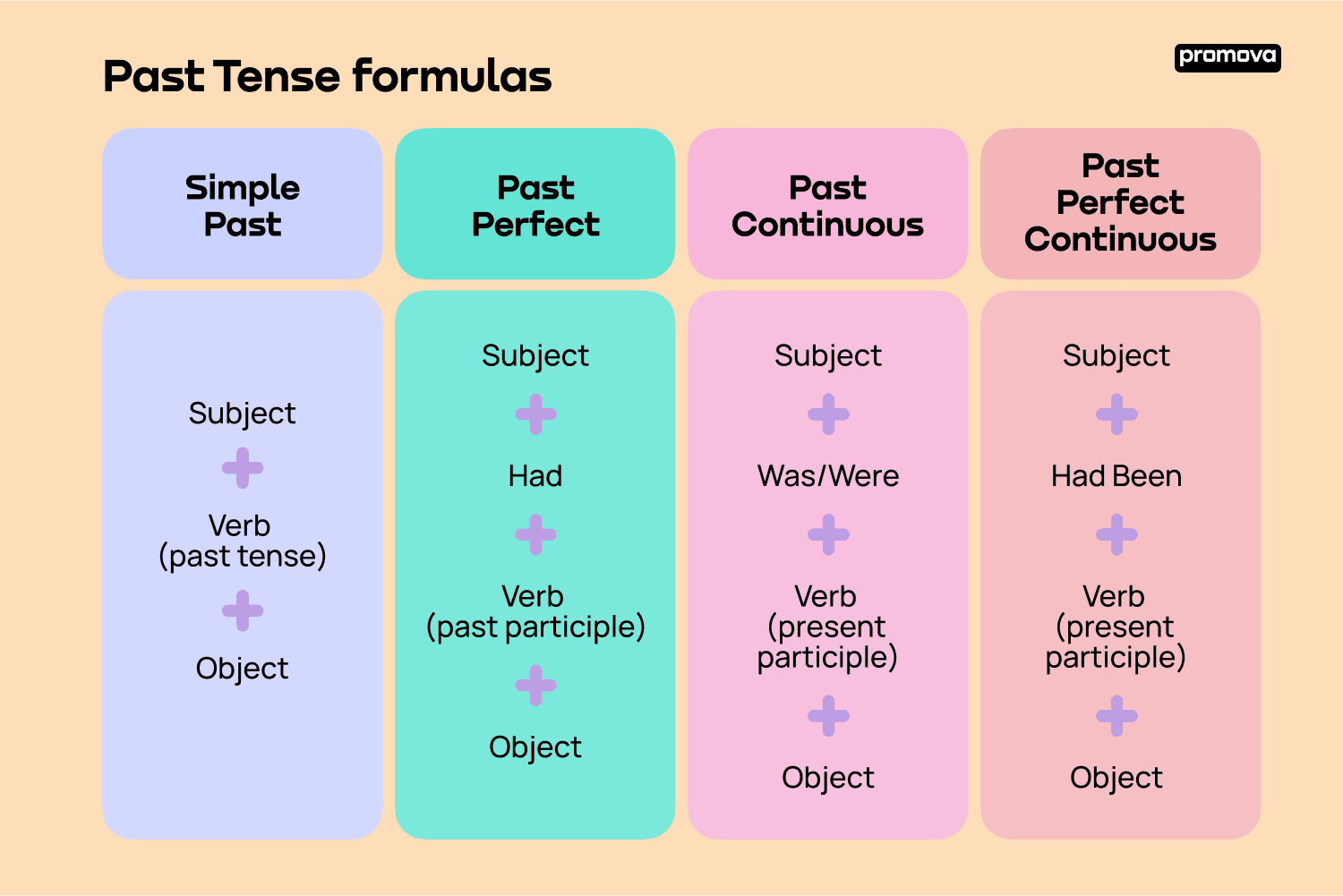Past Tense in English
Contents
Past tense is one of the biggest aspects of English grammar and understanding it will help you communicate about events in your life more easily. In this reference, we will cover everything you need to know about past tense and its many applications.
What is Past Tense in English?
Past tense in English is a verb form that describes the action that has already been completed. In other words, it is used to talk about something that happened in the past. It is used to talk about events that have already taken place or to express an action that has already been completed.

Verbs in the past tense have different forms. The most common forms are the simple past, the past perfect, and the past progressive. The simple past helps us talk about a single past event or action while the past perfect helps us talk about an action that happened before another past action. The past progressive helps us talk about actions that were in progress sometime in the past.
Different Types of Past Tense in English
The different types of past tense in English are:
- Simple past tense
- Past perfect tense
- Past progressive tense
- Past perfect progressive tense
The simple past tense helps you talk about a single past event or action. For example, "I ran to the store yesterday."
The past perfect tense helps you talk about an action that happened before another one. For example, "I had already gone to the store before she called."
The past progressive tense helps you talk about actions that were happening in the past. For example, "I was running to the store when the phone rang."
The past perfect progressive tense helps you talk about an action that was in progress before another past action. For example, "I had been running to the store for an hour when she called."
When to Use Past Tense in English
Past tense comes up every time you want to discuss an event or action that happened before the present moment. It is also used to talk about the past in general, such as when telling stories or talking about past experiences. You can even use it to express a wish or regret about something that has already happened.
For example, "I wish I had done my homework yesterday." In this sentence, the speaker is expressing a wish about something that they didn't do.
How to Write Past Tense in English
Writing past tense in English is relatively straightforward. To form the past tense of your verb, you simply need to add -ed to the end. For example, the past tense of "run" is "ran."
If the verb ends in an -e, you simply add -d to the end. For example, the past tense of "love" is "loved." If the verb ends in consonant followed by a -y, you replace the -y with -ied. For example, the past tense of "study" is "studied."
Note that there are some irregular verbs in English that do not follow these rules. For example, the past tense of "to go" is "went." To learn more about irregular verbs, it is best to consult a grammar book or dictionary.
1
Examples of Past Tense in English Sentences
Here are some examples of past tense in English sentences:
- "I walked to the store yesterday."
- "We ate dinner at 6 o'clock last night."
- "She had already gone to bed when I arrived."
- "He was studying for his exam when I called him."
- "We had been waiting for an hour before he arrived."
Cheat sheet - Past Tense formulas
Here are the formulas for the 4 past tenses in English:
Simple Past: Subject + Verb (past tense) + Object
Past Perfect: Subject + Had + Verb (past participle) + Object
Past Continuous: Subject + Was/Were + Verb (present participle) + Object
Past Perfect Continuous: Subject + Had Been + Verb (present participle) + Object
Summary
Past tense can seem daunting because of the verb change and confusing structures, but if you start with the simple past and make your way forward, it becomes very easy! Simply check the examples in this reference and the cheat sheet to never make past tense mistakes again.
Good luck on your learning journey!



Comments